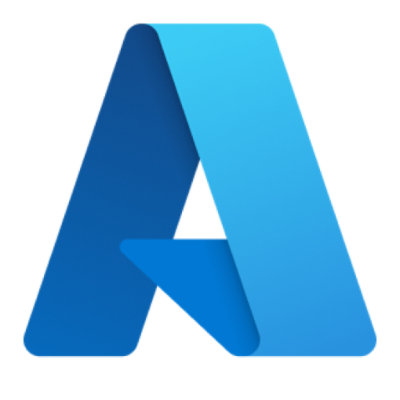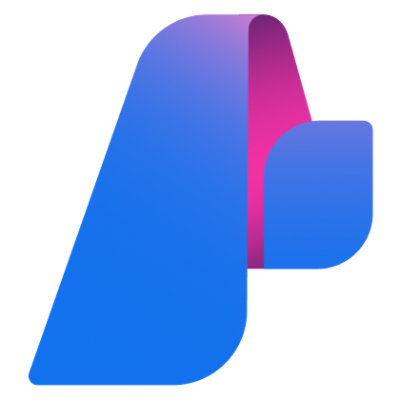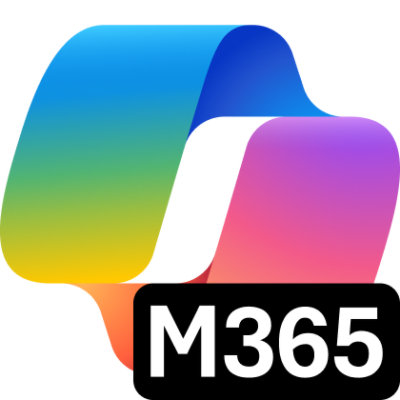United Kingdom–based ASOS is a destination for fashion lovers in their 20s, that continuously explores technology options to enhance the customer experience. The company delivers inspiration to its customers, along with a catalog spanning thousands of products through powerful computing capabilities and a vast recommendations engine built on Microsoft Azure. With the recent prevalence of generative AI platforms like ChatGPT, ASOS recognized a triple opportunity to expand its business model, enrich its technology infrastructure, and meet the modern tech expectations of its young customers. ASOS used Azure OpenAI Service and Azure AI prompt flow with ChatGPT language models to rapidly develop and test an Azure OpenAI-powered customer experience that helps customers discover new looks.


“Our customers come to us for great fashion. Having a conversational interface option could get us closer to our goals of fully engaging our customers and personalizing their experience by showing them the most relevant products at the most relevant time.”
Cliff Cohen, Chief Technology Officer, ASOS
For young fashion lovers, ASOS offers engaging, inspirational experiences that help customers find trends and offerings to suit their personal taste. With nearly 900 brand partners and its own brand labels, it aims to meet every moment of a customer’s life—whether that’s activewear, evening dresses, casual dressing, or face and body. To help make sure it offers each customer a uniquely tailored offer, ASOS invests in digital solutions that make use of emerging technologies, which is why the company wanted to explore how it could use generative AI to further personalize the ASOS experience.
Building a natural language experience using Azure OpenAI and Azure AI prompt flow
“Our customers can use search, visual search, and browsing to find our products, but we wanted to try something that was conversational,” says Cliff Cohen, Chief Technology Officer at ASOS. “We’ve worked closely with Microsoft in the past and we’ve been early adopters of technology all along, so it made sense to explore using Microsoft technology coupled with our team’s existing knowledge of natural language processing to develop a new kind of experience to engage shoppers.”
The company chose to use Microsoft Azure OpenAI Service and Azure AI prompt flow to build an AI-powered experience that customers could interact with as soon as they arrive on the ASOS website or app. A core objective for ASOS was to create an AI-powered experience that could curate selections for each customer. ASOS saw the chance to use Azure AI to handle ChatGPT language models at scale—a tactic that proved essential for accruing knowledge about the latest industry trends as they emerge.
The ASOS team used prompt flow, part of Azure AI Foundry and available in private preview at the time, to explore language model-powered generative AI options and accelerate secure development of the solution. “Prompt flow helped streamline our development and testing cycles, which established the groundedness we required for making sure the customer and the solution were interacting in a realistic way,” says Fabon Dzogang, Senior Machine Learning Scientist at ASOS. “In addition, we used Azure OpenAI Service models and prompt flow to communicate and orchestrate workflows between various services using our internal authentication APIs.”
Empowered by these Azure services, ASOS built a prototype in just a few weeks. ASOS’s experience engages with customers to learn about their preferences, brings in trend data from external sources and ASOS own designers and trendsetters, and helps shoppers quickly find relevant purchase options across the company’s catalog. To date, ASOS has developed its early prototype into a proof of concept that’s ready to test with actual customers.
“Our customers come to us for great fashion,” says Cohen. “Having a conversational interface option gets us closer to our goals of fully engaging the customer and personalizing their experience by showing them the most relevant products at the most relevant time.”
What’s new? Training AI to track trends
To optimize the solution’s impact on customers, it must demonstrate an ongoing awareness of trends. This requirement directly supports ASOS’s business strategy of redoubling its focus on fashion and consistently generating differentiated experiences.
“A big part of fashion is newness and keeping up with trends,” says Cohen. “So it was critical that we develop capabilities for the experience to meaningfully demonstrate newness in a great way.”
The ASOS team used AI to pull and embed knowledge of trends as they surface. From there, continued experimentation and refinement of the AI prompts, along with manual training from industry experts at ASOS, enabled the solution to curate and share items with shoppers based on a deep knowledge of the latest trends—all while representing the ASOS brand voice.
“For this project, a key part is the tone of voice,” says Vanessa Spence, Senior Creative Director at ASOS. “We’ve worked hard to make sure that when the customer is engaging with the experience, they feel like they are talking to ASOS.”
Fast developer onboarding plus ethical and secure prompt engineering
Throughout the project, ASOS has kept its engineering investment small: developers can onboard quickly—even those new to AI—while built-in resources in prompt flow help limit the need for custom code. ASOS engineers fearlessly embraced early-stage versions of Azure AI technology in order to develop a prototype rapidly.
At every stage of the work, ASOS has been intentional and rigorous in safeguarding quality and embracing responsible AI to reduce cultural biases in search results. ASOS successfully accounted for this concern by verifying the absence of malicious AI “jailbreaks” during initial testing. Based on this success, ASOS is confident that using the responsible AI principles and practices provided by Azure AI Content Safety built into Azure AI Foundry will play a key role in assuring top-quality interactions and output with the natural language experience that are consistent with the company’s high ethical standards.
“Responsible AI was actually the starting point for our decision to use prompt flow capabilities,” says Papinder Dosanjh, Head of Data Science and Machine Learning at ASOS. “We were very clear that we wanted to incorporate content safety and brand safety into the conversational experience so we could make sure we were ethically sound and managing the potential pitfalls of a deeply conversational, customer-facing feature.”
Dzogang concurs. “We tested with 150 internal users, plus a sampling of real customers, and got zero red flags in terms of safety and security for our customers or for our brand. This gave us the confidence that we could proceed to scale up.” He adds that new AI-powered experience surprised and thrilled users with genuine shopping insights, personalized conversations, naturalism, and even humor that enlivened the shopping journey.
Bringing ideas to life with modern AI apps and workflows
The next step for ASOS is customer testing with a limited number of users. Confident in the stability of the AI features they built, the ASOS team is currently performing final tests for scalability before making the features more widely available. Once launched, the AI-powered natural language experience will fit into ASOS’s existing suite of AI-enabled tools that support the customer experience and help deliver effective business decisions.
“Without Azure AI prompt flow, we would have been forced to invest in quite significant custom engineering to deliver a solution. Instead, we were able to achieve great speed by easily integrating our existing microservices into the prompt flow solution, and easily publishing to our managed endpoints.”
Papinder Dosanjh, Head of Data Science & Machine Learning, ASOS
Explore related stories
Fuel innovation with Microsoft

Talk to an expert about custom solutions

Drive results with proven solutions



























Follow Microsoft